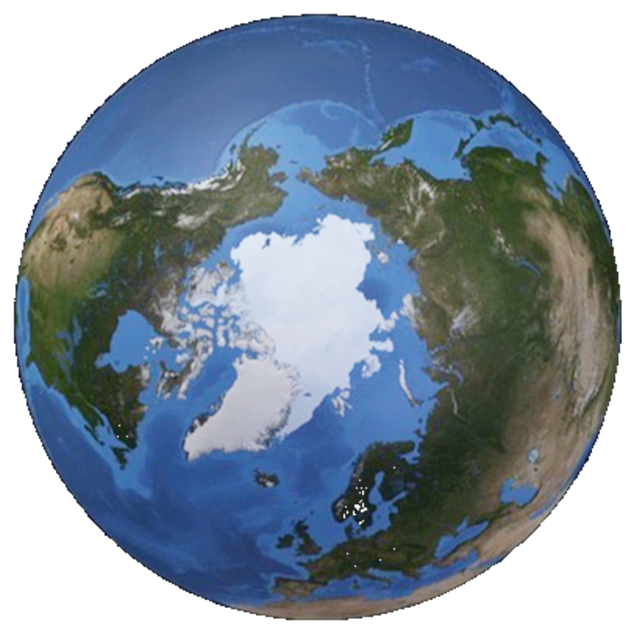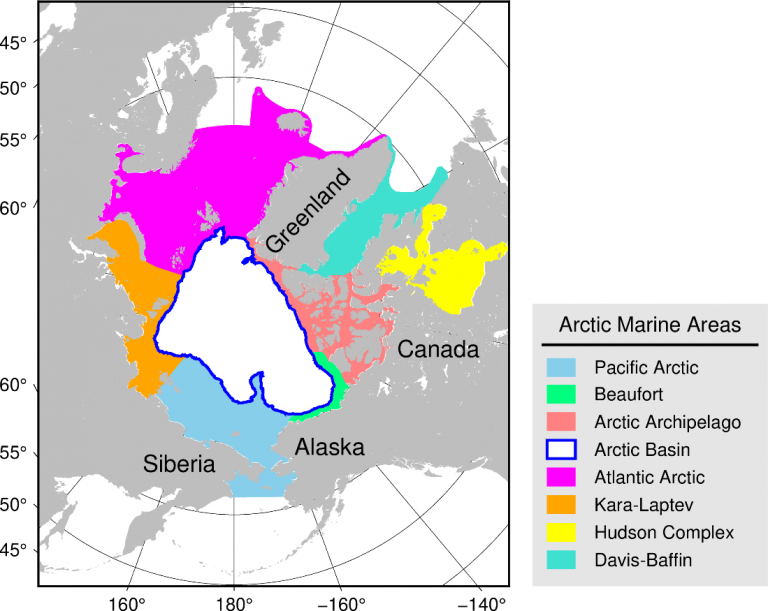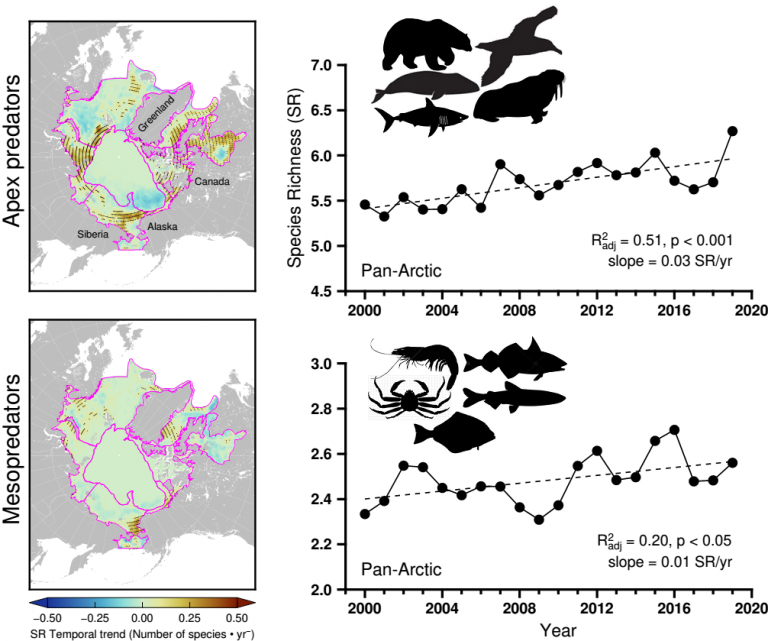Warming Arctic draws marine predators northwards
Marine predators have expanded their ranges into the Arctic waters over the last twenty years, driven by climate change and associated increases in productivity.

The seas surrounding the Arctic are important fisheries and ecological regions; they are also among the areas most affected by climate change. The effects of warming waters and loss of sea ice on the biodiversity of these waters, and hence their ecology, is still not fully understood.
An international team of researchers led by Dr. Irene D. Alabia at the Arctic Research Center at Hokkaido University has examined Arctic-wide and regional changes in species richness, composition, and potential species associations. Their findings, published in the journal Scientific Reports, show that recent changes in biodiversity were driven by pervasive poleward species range expansions.

“We used data on the occurrences of 69 species of apex predators and mesopredators in eight Arctic areas from 2000–2019,” Alabia explains. “We combined this information with climate and productivity data across the same period to map species-specific habitat distributions.”
The team calculated the species richness, community composition, and co-occurrences between species pairs throughout the twenty-year study period at each of the eight Arctic areas. They were able to infer potential species associations and changes therein from the co-occurrence data.

Their most important finding was that species richness—the number of different species represented in the study regions—has increased over the study period, driven by the northward migration of apex predators such as whales, sharks and seabirds. Mesopredators such as fish and crabs exhibited a relatively limited degree of northward migration, confined to the shallow continental shelf seas of the Pacific and Atlantic. Although the spatial extent varies, this northward expansion was driven by changes in either climate, productivity, or both.
These climate-driven biodiversity changes, in turn, led to alterations in potential species associations due to habitat overlap between taxa from different marine communities during unprecedented periods of temperature and sea ice changes.
“Our findings revealed that changes in climate and species richness in the Arctic vary across different large marine areas and highlight potential regions of climate and productivity hotspots, and emerging areas of species gain,” Alabia concluded. “This information is relevant for strengthening conservation and management efforts for the sustainable use of resources under the expanding footprints of climate change in the Arctic.”
Original Article:
Irene D. Alabia, et al. Pan-Arctic marine biodiversity and species co-occurrence patterns under recent climate. Scientific Reports. March 11, 2023.
DOI: 10.1038/s41598-023-30943-y
Funding:
This study was supported by the Japan’s national program on Arctic research, Arctic Challenge for Sustainability II (ArCS II; JPMXD1420318865), funded by Japan’s Ministry of Education, Culture, Sports, Science and Technology (MEXT); Hokkaido University Arctic Initiative for Future Earth and SDGs (HAIFES); and the Japan Science and Technology Agency (JST) SICORP (JPMJSC20E5).
Contacts:
Dr. Irene D. Alabia
Arctic Research Center
Hokkaido University
Email: irenealabia[at]arc.hokudai.ac.jp
Sohail Keegan Pinto (International Public Relations Specialist)
Public Relations & Communications Division
Office of Public Relations and Social Collaboration
Hokkaido University
Tel: +81-11-706-2186
Email: en-press[at]general.hokudai.ac.jp
